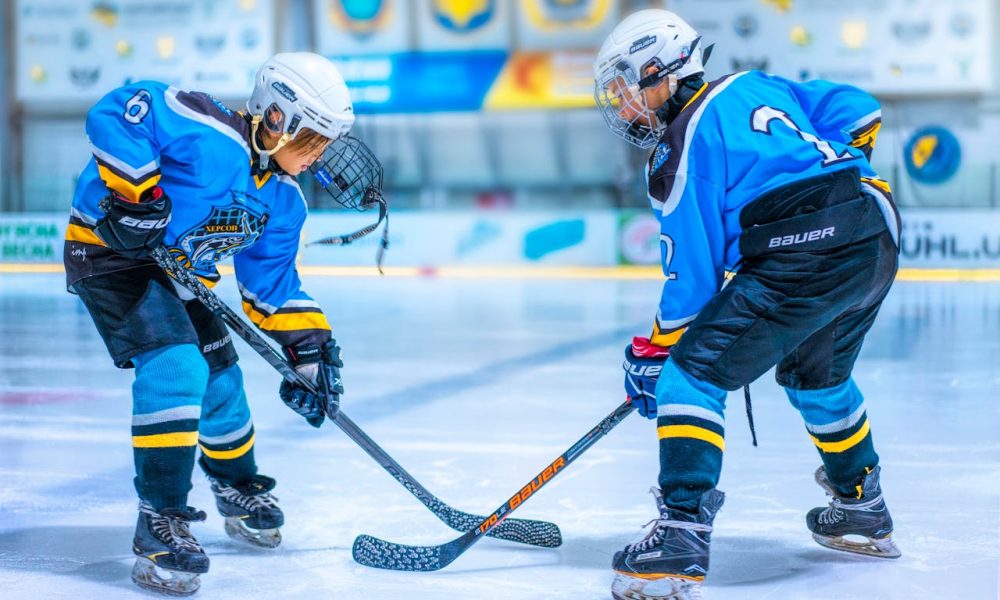
Everything You Need to Know About Power Play in Ice Hockey

What is hockey power play? In the simplest terms, a hockey power play occurs when one team has more players on the ice than the other, usually because of a penalty. When a player commits an infraction, they must serve time in the penalty box, leaving their team shorthanded.
This gives the opposing team a significant advantage, often leading to scoring opportunities. Understanding what a hockey power play is crucial for both new fans and seasoned enthusiasts.
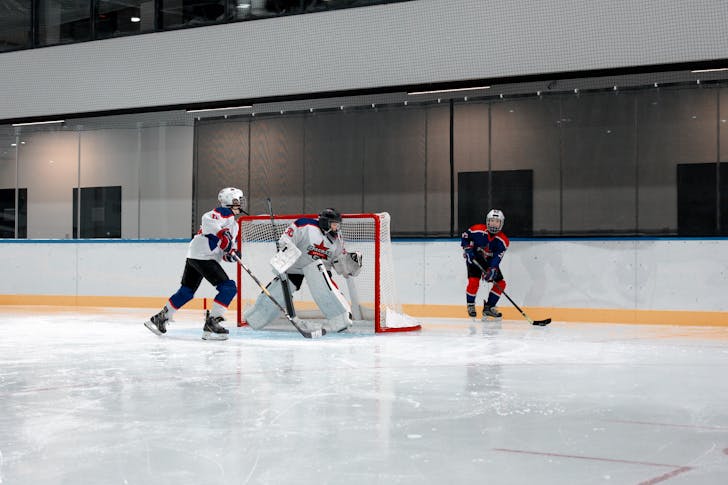
Ron / Pexels / When a team has the chance to dominate the ice by outnumbering their opponents, it is called a power play.
However, this can change the course of a game, making it an essential aspect of hockey strategy.
How Does a Hockey Power Play Happen?
To know what is hockey power play, you will have to understand how it happens. A power play begins with a penalty. When a player breaks the rules, such as tripping or slashing, the referee calls a penalty, and the player is sent to the penalty box. This typically results in a 2-minute minor penalty, although more severe infractions can lead to longer penalties. The penalized team plays with one less skater, giving the opposing team a numerical edge.
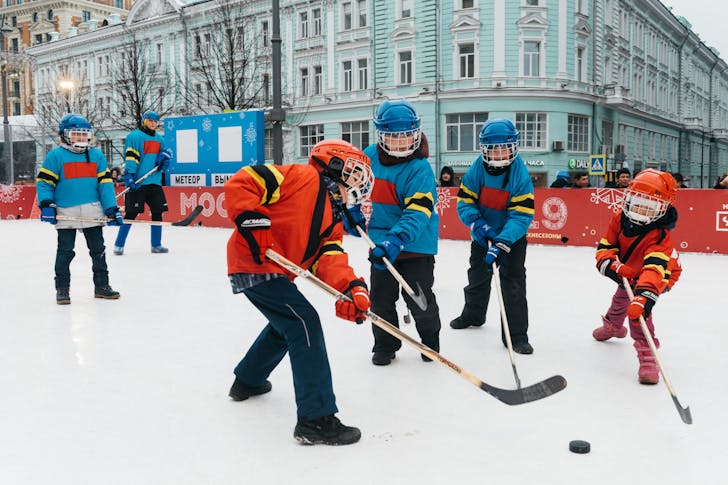
Anton / Pexels / During a power play, the advantaged team usually deploys its most skilled offensive players.
Their goal is to maintain puck possession, create scoring chances, and, ideally, score. Meanwhile, the shorthanded team focuses on defensive strategies, such as clearing the puck from their zone and blocking shots. If the penalized team manages to keep the opposing team from scoring until the penalty expires, they successfully kill the penalty.
Strategies for a Successful Power Play
Effective power play strategies are vital for maximizing this advantage. Teams often use formations like the umbrella or overload to maintain puck control and create shooting lanes.
However, the key is constant movement, quick passes, and exploiting gaps in the defense. Players need to be aware of each other’s positions and anticipate plays, making communication and practice essential.
Overtime and Power Plays
In overtime, power plays can be even more critical. Since overtime periods are shorter and often played with fewer skaters, any advantage can be a game-changer. A power play during overtime usually has a higher chance of resulting in a goal, as teams are more aggressive and focused on ending the game quickly. Understanding how a power play can impact overtime is key for both teams and fans.
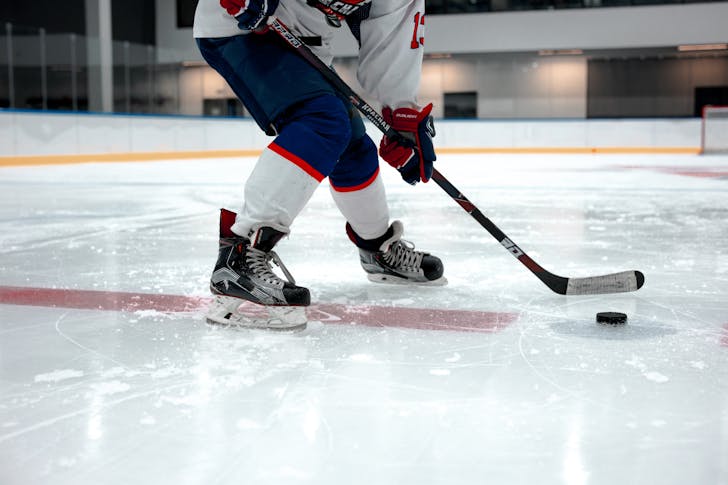
Ron / Pexels / When a team is shorthanded, they are allowed to ice the puck without the usual penalty of a faceoff in their defensive zone.
This means they can shoot the puck across both the center red line and the opposing goal line to relieve pressure. This rule helps the shorthanded team defend against the power play by giving them a chance to reset and regroup.
So, What is Hockey Power Play?
A power play can dramatically shift the momentum of a game. When a team scores during a power play, it not only adds to their score but can also demoralize the opposition. Conversely, if the shorthanded team successfully kills the penalty, it can energize them and their fans. The psychological impact of a power play is as significant as the actual goal count.
Special teams refer to the units responsible for power play and penalty killing. These players often practice separately from the rest of the team, focusing on specific skills and strategies. The effectiveness of special teams can be a deciding factor in many games. Coaches rely heavily on these players to execute plays under pressure and make the most of power play opportunities.
More in Latest News
-
`
World’s Oldest Surviving Basketball Court May Help Boost Small Town Tourism
Basketball may be a global sport. But its roots run deeper in Canada than most people think. In the small border...
July 30, 2025 -
`
China Builds 50m-Tall Inflatable Dome to Reduce Construction Pollution
Cities deal with construction dust and noise daily. But a new dome in Jinan, in eastern China’s Shandong province, is changing...
July 23, 2025 -
`
Ligue 1 Adopts ‘Simplified’ Yellow Card Suspension System for Season 2025/26
Starting in the 2025/26 season, Ligue 1 is changing the yellow card suspension rule, and it is about time. The old...
July 17, 2025 -
`
Key Highlights From UFC 317 (June 26 – 29, 2025)
UFC 317 took over Las Vegas from June 26 to 29, 2025, and it didn’t waste a second. Fights were fast,...
July 9, 2025 -
`
Who Invented Basketball? Here’s All You Need to Know
Basketball didn’t just show up one day. It had to be invented. The story most people know starts in 1891 with...
July 3, 2025 -
`
What to Do (And What to Avoid) Before a Cruise
A cruise vacation is an incredible escape from the daily grind, offering relaxation, adventure, and the chance to explore new places....
June 25, 2025 -
`
Big Ten Basketball Power Rankings 2025. Can You Guess Who’s #1?
Big Ten basketball is once again the loudest, toughest, and deepest show in college hoops. The 2024-25 season was stacked with...
June 18, 2025 -
`
How Russia Is Using ‘Terrifying’ Fiber Optic Drones in Ukraine
In Ukraine, the battlefield is changing fast. Russian drones are not just flying cameras anymore, they are controlled by fiber optic...
June 11, 2025 -
`
Top 5 College Football Teams for the 2025 Season Ranked
College football is about to get wild in 2025. After two years of Big Ten dominance, the SEC is ready to...
June 3, 2025
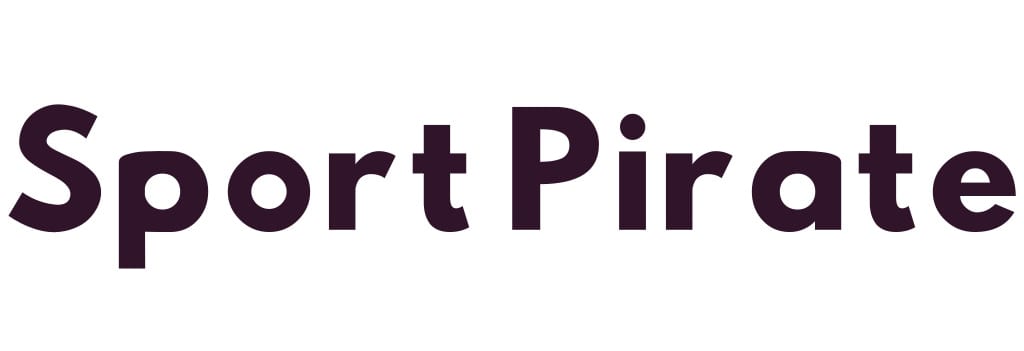

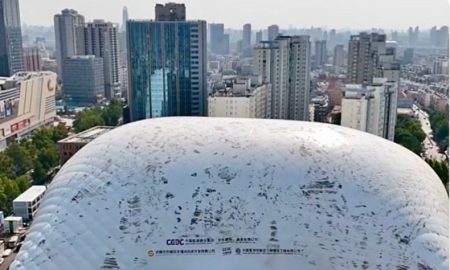
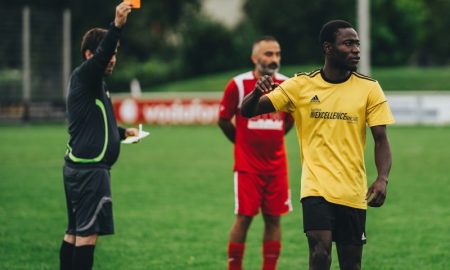
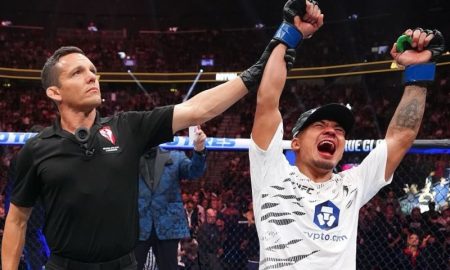
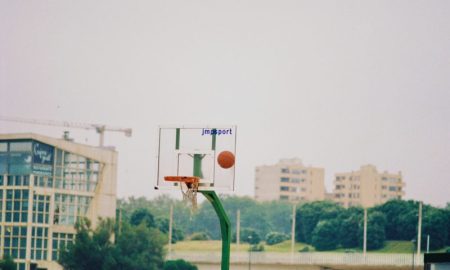



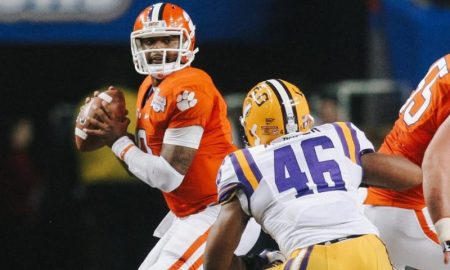


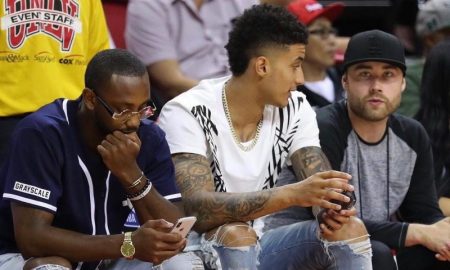

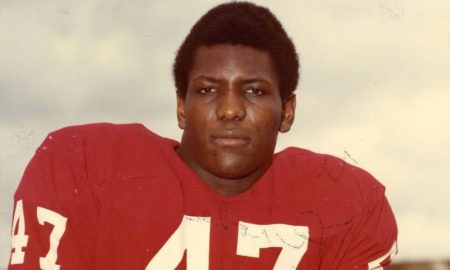
You must be logged in to post a comment Login